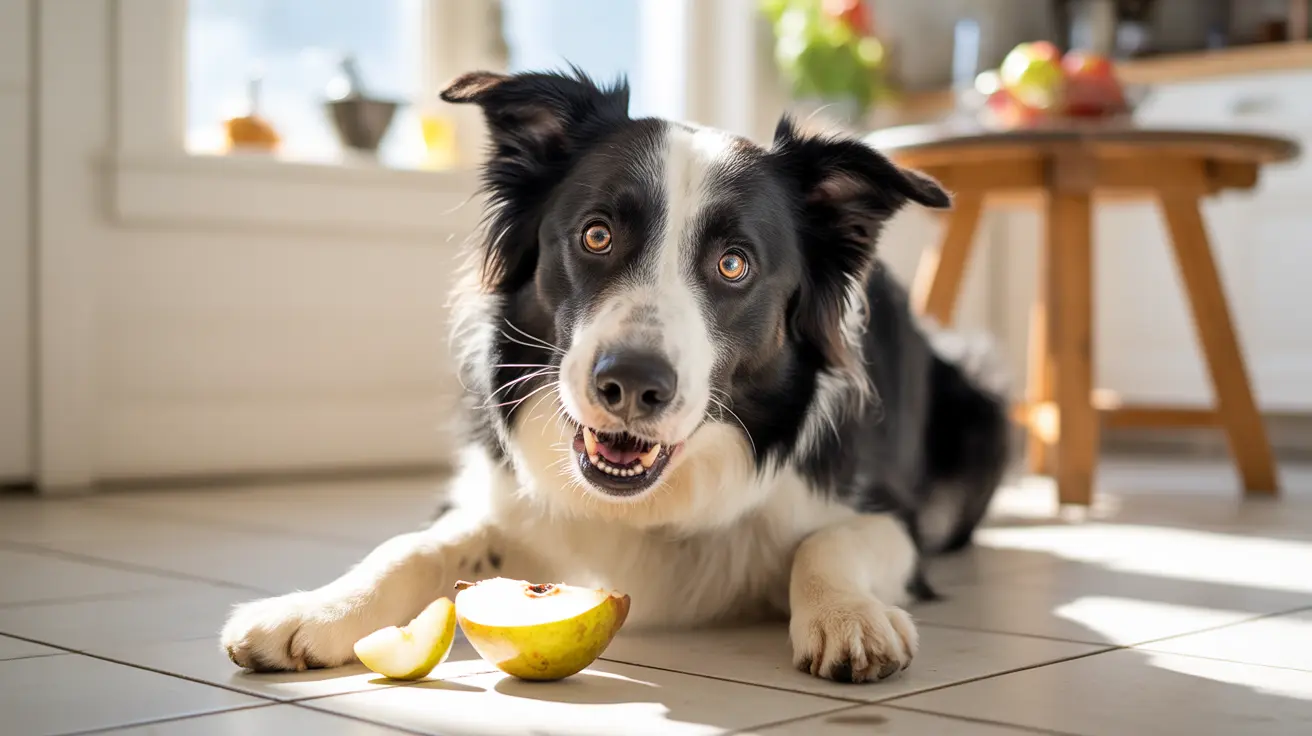Can Dogs Lick Mango Juice? A Comprehensive Guide
Many dog owners find themselves wondering: “Can dogs lick mango juice?” The short answer is: yes, but with precautions. Mango is a tropical fruit rich in vitamin A, B6, C, E, fiber, potassium, and antioxidants. These nutrients can support a dog’s immunity, digestion, vision, and overall health. However, feeding mango or its juice the wrong way can lead to problems.
Is Mango Juice Safe for Dogs?
Natural, unsweetened mango juice—made from fresh, peeled, and pitted mango—can be safe for dogs in small quantities. The fruit itself is soft, sweet, and enjoyable for dogs. However, caution must be taken with how this juice is offered.
Here are some precautions when allowing dogs to lick mango juice:
- No added sugar: Processed juices often contain added sugars and sweeteners, which are harmful to dogs.
- Limit portion size: Too much juice—even natural—can cause digestive upset, such as diarrhea or vomiting.
- Dilution is ideal: Mixing a small amount of pure juice with water is a safer option for hydration or reward.
How to Safely Offer Mango Juice to Your Dog
Preparation and portion control are key. Follow these steps for safe feeding:
- Use fresh, ripe mangoes.
- Peel the fruit and remove the pit completely—it’s a choking hazard and may cause intestinal blockage.
- Blend the mango flesh into a smooth juice without any additives.
- Offer a small lick directly from a spoon or mix a teaspoon into your dog’s water bowl.
- Closely monitor for any signs of sensitivity or allergies.
Why Limit Mango Juice for Dogs?
Even natural mango juice is high in natural sugars. Too much sugar can lead to:
- Weight gain
- Diabetes complications
- Gastrointestinal distress (vomiting, diarrhea)
- Pancreatitis in sensitive dogs
For dogs with existing health conditions, such as diabetes, pancreatitis, or food allergies, mango in any form—solid or liquid—should be introduced only under veterinary guidance.
Signs of Overconsumption or Allergic Reaction
Watch for the following symptoms after feeding mango or mango juice:
- Vomiting or diarrhea
- Abdominal bloating or pain
- Lethargy or loss of appetite
- Itchy skin, hives, or excessive scratching
If you observe these signs or suspect your dog has consumed the mango pit, contact your veterinarian immediately.
Healthier Ways to Use Mango With Dogs
Instead of juice, consider these safer mango options:
- Frozen mango cubes as a summer treat
- Homemade popsicles using diluted mango puree and water
- Small mango chunks as training rewards
- Dried mango (unsweetened) in very limited quantities
Serving Size Guidelines
The amount of mango (or juice) a dog can safely consume depends on size:
- Extra-small dogs (2–20 lbs): 1–2 teaspoons
- Small dogs (21–30 lbs): 2–3 teaspoons
- Medium dogs (31–50 lbs): 1–2 tablespoons
- Large dogs (51–90 lbs): 2–3 tablespoons
- Extra-large dogs (91+ lbs): Up to 4 tablespoons
Important Preparation Tips
- Wash the mango thoroughly.
- Peel the skin to remove tough fibers and reduce ingestion of irritants.
- Remove the pit—it contains trace cyanogenic compounds and is a hazard.
- Blend only the flesh to create pure juice.
- Always serve in moderation and monitor reactions.
When to Avoid Mango Juice
Skip mango juice if your dog has:
- Diabetes or pancreatitis
- Food allergies or past adverse reactions
- Digestive disorders
Conclusion
Allowing your dog to lick a small amount of fresh, natural mango juice is generally safe and can be a fun treat. However, remove all skin and pit, ensure there are no additives, and always treat mango juice as an occasional reward, not a staple in their diet. As with introducing any new food, observe your dog carefully and consult your veterinarian for personalized advice.





